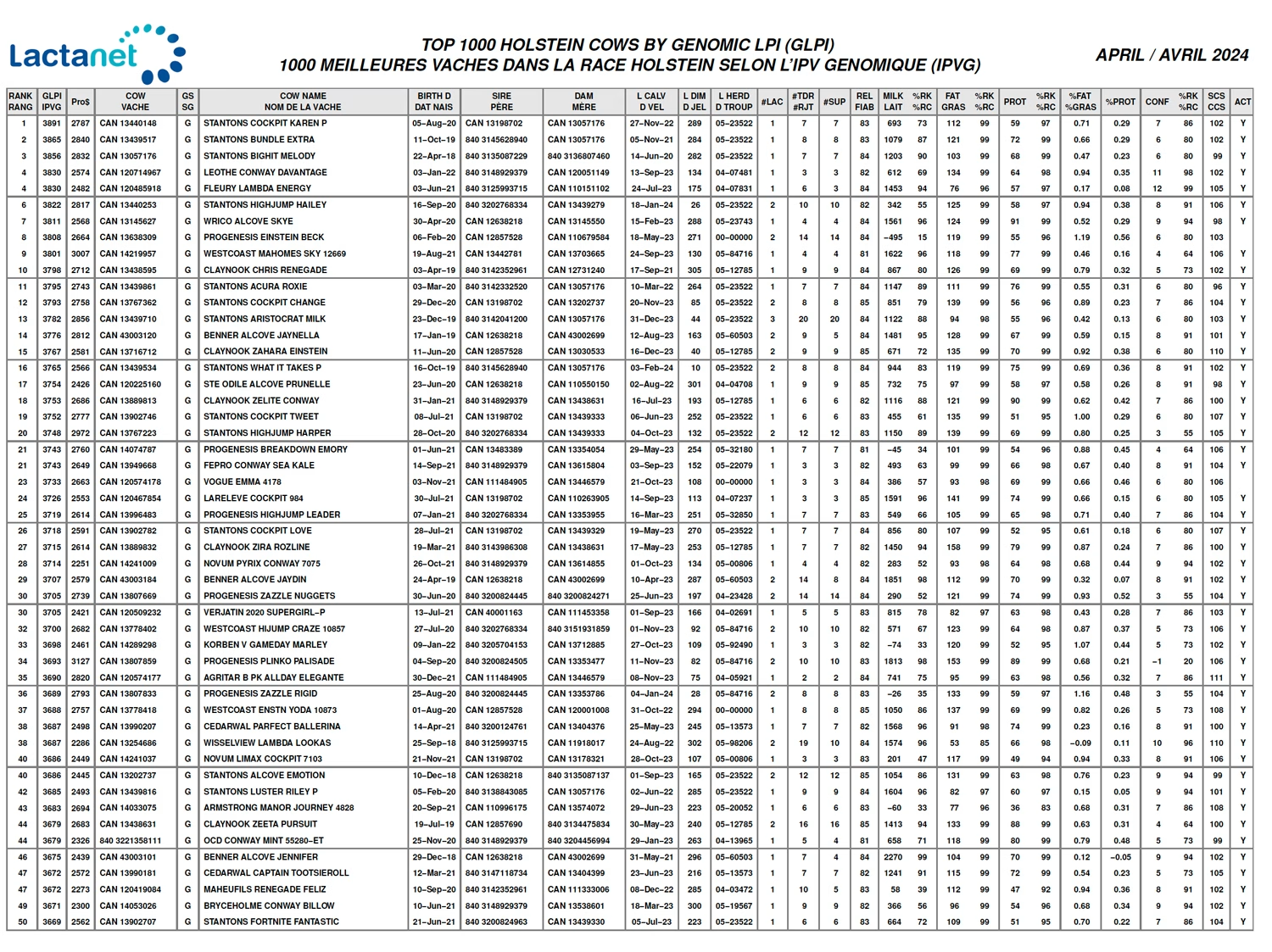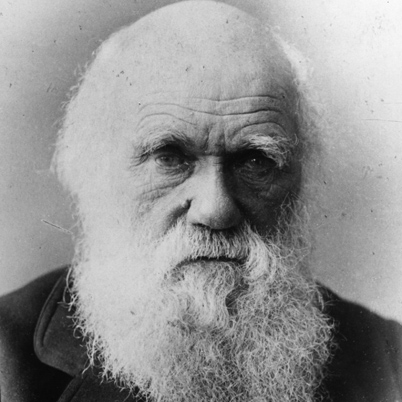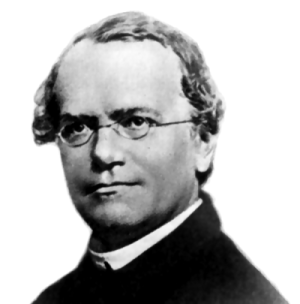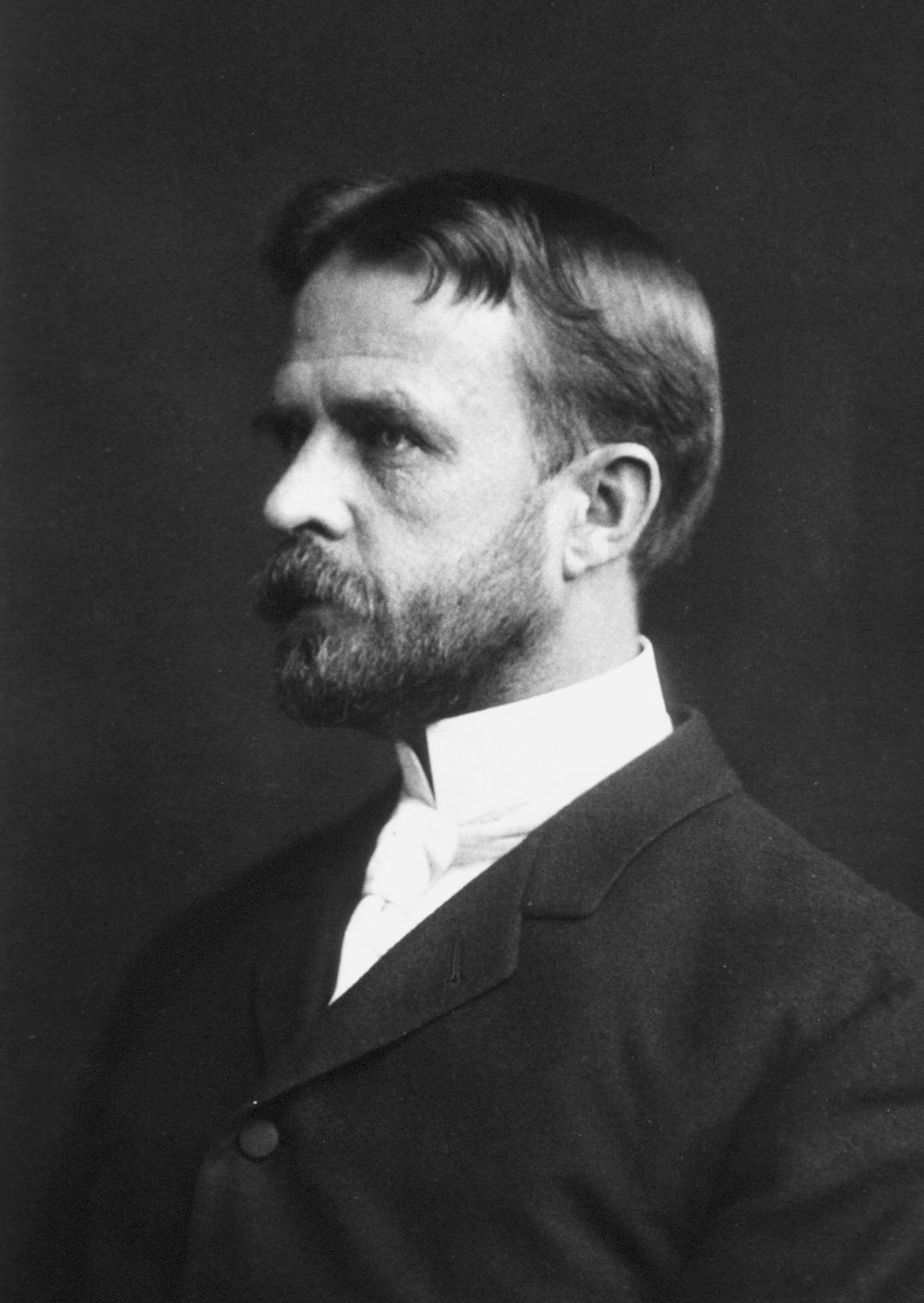Uncover the potential of Lactanet’s 2025 monthly genetic evaluations to elevate your Canadian dairy cows to premier status. Are your herds positioned to gain from this groundbreaking update? Learn more today.

A pillar of the dairy sector, genetic assessments are essential for herd management, breeding choices, and production. These tests concentrate on important factors like milk output, health, and fertility, thus empowering breeders and farmers to propel operational effectiveness and genetic advancement. Early 2025 will see Lactanet, Canada’s national dairy statistics and genetic improvement agency, moving to monthly official assessments for Canadian cows. This shift is significant for herds where milk samples are gathered unsupervised by the herd owner as it might improve more dairy cows to a top-rated level in genetic rankings. The change fits business trends toward automation, improved data-collecting techniques, and expands the genetic basis accessible to breeders.
Driving Genetic Progress: How Lactanet Canada Shapes the Future of Dairy Herds
Crucially, lactate is the pillar of genetic development in Canada. The company provides complete dairy herd management solutions comprising milk records, genetic assessments, and advising services to boost dairy output and genetic enhancement.
Using solid data collecting and thorough analysis, Lactanet stimulates developments that support the national dairy industry’s sustainability and output. Three times a year, in April, August, and December, genetic assessments and bull proofs guarantee great precision and dependability. These tests provide essential benchmarks, including production characteristics, Lifetime Production Index (LPI), and Pro$, thus helping breeders choose the most genetically outstanding animals.
The way Lactanet combined genomic data emphasizes its dedication to genetic improvement. Lactanet accurately assesses the genetic potential of dairy cattle by using sophisticated genotyping, enabling breeders to make educated choices promoting long-term genetic improvement.
Lactanet guarantees the genetic quality of Canadian dairy cattle by matching modern genetic research with pragmatic on-farm data collecting, therefore advancing the sector.
Unveiling Hidden Potentials: Addressing the Genetic Evaluation Gaps in Owner-Sampled Herds
Even with improvements in genetic assessments, the existing method offers challenges—especially for owner-sampled herds. These cows are deprived of gaining places on top-ranking lists like the Lifetime Production Index or Pro$ depending on Parent Average (PA) values instead of exact genetic parameters from supervised testing. These cows typically stay underestimated in formal genetic evaluations without controlled testing data.
The triannual updates postpone the distribution of vital genetic information and further limit the acknowledgment of gene progress within owner-sampled herds. This lag narrows the breeding base, affecting individual breeders and limiting general genetic progress.
The introduction of automated milking systems with built-in sample features emphasizes the increasing discrepancy between contemporary herd management techniques and conventional genetic assessment approaches. In the present configuration, these systems generate large amounts of data that only partially support genetic assessments, developing a discrepancy between actual and evaluated genetic value.
To solve these problems and guarantee that every cow has fair access to top-ranking lists independent of milk testing control, the suggested change to monthly official assessments aims to This modification seeks to drive more successful breeding strategies by offering a more comprehensive and accurate picture of genetic quality in Canadian dairy herds.
Proposed Monthly Genetic Evaluations: A Game Changer for Owner-Sampled Dairy Herds
The suggested adjustments will greatly help owner-sampled herds, including switching to a monthly genetic evaluation scheme. The first Tuesday of every month will be used to update genetic assessments for cows with fresh test results, including unsupervised samples. Official updates for proven sires will come three times a year; owner-sampled herds will frequently have their Parent Average (PA) values updated. This shift increases the genetic pool accessible to breeders by allowing these herds to have maybe cows included in top-ranking genetic lists.
Through monthly updates, Lactanet recognizes the growth in automated milking systems, which gather production data and conduct thorough sampling. This renders either supervised or unsupervised categorization less critical. The obtained data still shows excellent accuracy. Hence, genomics guarantees solid genetic assessments. This change toward regular and comprehensive updates seeks to optimize genetic advancement and enhance the genetic health of dairy cows throughout Canada.
Lactanet’s genetic assessment procedure revolves mainly around integrating genomics, the fundamental component of all genetic ranking systems used in Canada. The company uses a diverse strategy to guarantee the quality and completeness of the published genetic data. Newly collected data from bulls and females undergoing controlled testing is continuously included in the current dataset, updating the “unofficial” genetic assessments. Participating artificial insemination (AI) businesses and farmers using modern herd management systems like Compass and DairyComp may obtain these unofficial assessments.
Implications for Breeders: Expanding the Genetic Horizon with Monthly Evaluations
This change has significant ramifications for breeders. Monthly certified genetic evaluations will increase the genetic data accessible to breeders, enabling assessments based on actual performance rather than Parent Average values. This will increase the genetic pool from which sires and dams could be chosen. Frequent updates will ensure breeders receive the most recent genetic information, guiding their breeding choices. This precision will enable the identification of previously missed outstanding cows. More cows will land top-rated in genetic rankings.
Including information from automated milking systems and other cutting-edge technology will also help to guarantee ratings reflect actual performance. This will enable breeders to propel genetic advancement efficiently, improving dairy herd sustainability, health, and production throughout Canada.
Precision and Reliability: Lactanet’s Multifaceted Genetic Evaluation Process
Using a thorough internal procedure, Lactanet guarantees accuracy and dependability in genetic assessments. This generates unofficial and formal genetic evaluations by combining data from known sires with supervised testing females. Shared via Compass and DairyComp, unofficial assessments provide vital information for temporary herd sire decisions.
Underlying all genetic rankings, Lactanet’s work is based on the integration of genomes. Genomic testing lowers the uncertainty related to conventional techniques by improving assessments’ accuracy and prediction ability.
Considered equally accurate are both controlled and unsupervised milk sample data. The emergence of automated technologies has improved sample integrity and milk production monitoring. Lactanet’s data analytics technologies tightly evaluate these inputs and match them with genetic data to provide high-precision assessments.
Combining conventional data collection, cutting-edge genomics, and strict validation techniques, Lactanet’s genetic assessment system is a diverse strategy that improves assessment accuracy. It increases the genetic basis accessible to breeders, promoting the ongoing development of Canadian dairy herds.
Technological Advancements: The Role of Automated Milking Systems in Modern Dairy Farming
Using automated milking systems signifies a significant change in dairy production, improving output and efficiency. These sophisticated technologies have reduced the need for supervised milk testing by including exact sampling and production monitoring features. Automated milking guarantees reliable data collecting necessary for genetic studies and fits with Lactanet’s shift to unsupervised testing, simplifying the procedure. This change enables significant genetic advancement and improves the quality of Canadian dairy herds by allowing cows to be included more broadly in genetic rankings.
Genomics and Unsupervised Testing: A New Era of Equitable Genetic Evaluations
Brian Van Doormaal highlighted the significance of these changes, noting, “For genetic evaluation, top lists usually involve genotyped females, so there’s little need to distinguish between supervised and unsupervised testing. The data accuracy is equivalent, and genomics ensures high genetic information accuracy.”
Mapping the Road Ahead: Key Milestones for Implementing Lactanet’s New Genetic Evaluation System
As Lactanet gears up for its new monthly evaluation system, several pivotal milestones guide its implementation:
- Early 2024: Finalize criteria for cow eligibility through stakeholder consultations and in-depth analysis.
- Mid to Late 2024: Conduct pilot runs and gather feedback to refine the evaluation process.
- January 2025: Begin initial rollout, integrating the new system with existing triannual updates.
- May 2025: Achieve full implementation, ensuring monthly updates for all owner-sampled herds.
This carefully structured timeline guarantees thorough preparation and testing, allowing Lactanet to maintain its commitment to accuracy and reliability.
The Bottom Line
Changing from Lactanet to monthly genetic tests might revolutionize the Canadian dairy sector. It levels the playing field for owner-sampled herds so they may reach high genetic rankings alongside monitored herds, hence increasing the genetic pool available for breeders. This action also fits the growing usage of automated milking systems, which combine cutting-edge dairy farming technology. Dairy cow rankings will become more dynamic and accurate, defining new national genetic advancement and herd development criteria.
Key Takeaways:
- Monthly official evaluations will provide more timely and comprehensive genetic data for Canadian cows.
- Owner-sampled herds, previously limited to Parent Average values, will now have their genetic evaluations updated monthly.
- This change is expected to expand the genetic base available to breeders, allowing more cows to achieve top rankings.
- Proven sires’ evaluations will continue to be updated three times annually, maintaining the reliability of genetic data.
- The transition aligns with the rising trend of automated milking systems, which offer unsupervised sampling and monitoring capabilities.
- Genomics remain fundamental to genetic rankings, ensuring accuracy across both supervised and unsupervised testing environments.
- Lactanet is yet to finalize criteria for eligibility, with implementation set for early or mid-2025.
Summary:
Lactanet Canada, Canada’s national dairy statistics and genetic improvement agency, is set to transition to monthly official assessments for Canadian cows in early 2025. This change is particularly significant for herds where milk samples are collected unsupervised by the herd owner, as it could improve more dairy cows to a top-rated level in genetic rankings. Lactanet provides complete dairy herd management solutions, including milk records, genetic assessments, and advisory services to boost dairy output and genetic enhancement. The proposed change aims to drive more successful breeding strategies by offering a more comprehensive and accurate picture of genetic quality in Canadian dairy herds. The company’s genetic assessment procedure focuses on integrating genomics, the fundamental component of all genetic ranking systems used in Canada. Monthly certified genetic evaluations will increase the genetic data accessible to breeders, enabling assessments based on actual performance rather than Parent Average values. Frequent updates will ensure breeders receive the most recent genetic information, guiding their breeding choices.















